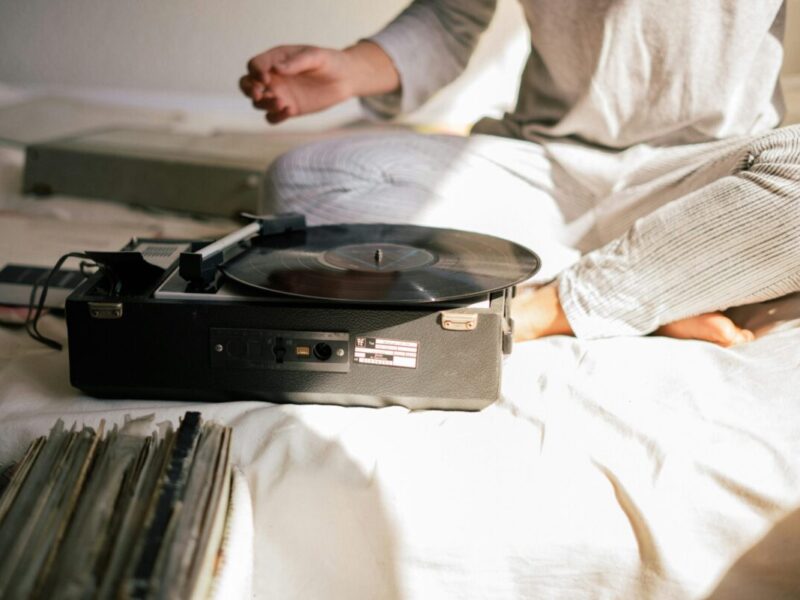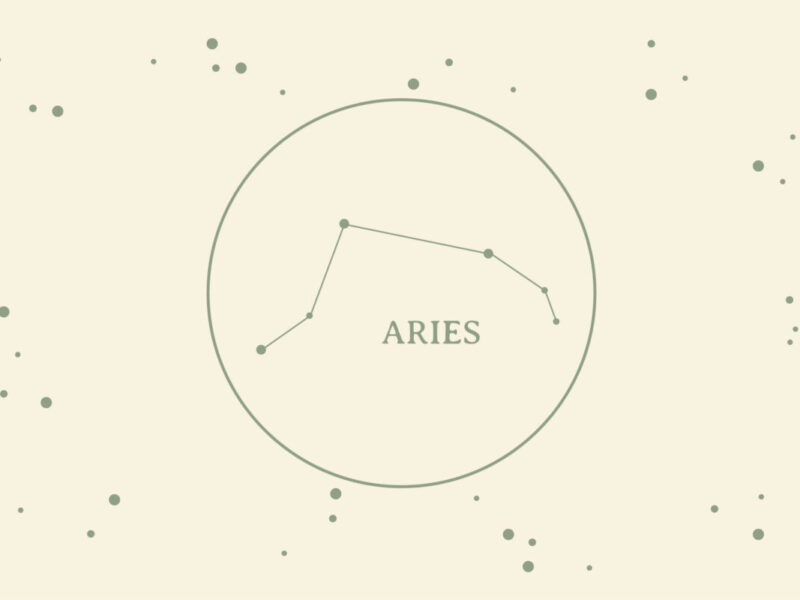“We can’t always wait for inspiration to strike; sometimes we have to go out and find it.”
Sometimes writing feels more like jogging on rocks than hitting your stride, and the coveted flow-state seems just out of reach. But don’t fret! Even the best writers can get stuck in a rut. Before you beat yourself up about it, simply take a deep breath, step away from the blank page, and try something new. We’ve made a list of five unique writing exercises to help you shake a few ideas loose.
Reverse brainstorming
You’re probably familiar with a good ole fashioned brainstorm, but what do you know about a reverse brainstorm? Reverse brainstorms are usually reserved for corporate environments—where people begin the session by coming up with problems rather than solutions.
You can borrow this technique for your writerly endeavors by beginning your brainstorm session with a list of things you think you shouldn’t write about. Whether the topic is mundane, taboo, or otherwise-off limits, you might be surprised to find yourself in the midst of a topic you’ve never unpacked before.
Twisted history
Choose an event from the past, whether it’s from your life or inspired by a historical figure, and give yourself the freedom to reimagine it. What if Amy Lowell lived in the year 2020? Or what if you were born in 1874? What if Shakespeare never lived? How might that change what we know about the world?
Emotional roller coaster
Think of one extreme, intense emotion (like rage), then imagine its opposite (perhaps serenity). Now, begin writing a poem that can get you from one emotion to the other. What situations, experiences, or ideas could bring a speaker from stark-raving mad to peaceful and calm? What memories or stories can you draw from to help you channel those feelings?
Frankenpoem
Imagine you had the power to combine any two things—whether it be two poems, two personalities, or two furniture items. What would this new creation look like? Who or what would it be, and what purpose might it serve? Imagine crossing the poetry style of Allen Ginsberg with Anne Brontë, or combining two of your favorite foods. Would you like the result? Consider why or why not.
Emotion roulette
This final technique has a few steps involved. First, write five emotions on separate slips of paper. Throw them into a hat, then draw one. Next, take your slip of paper and go outside. Now, describe the first object you see through the lens of that emotion. For example, you may write a melancholy poem about a tree, a vengeful poem about a car, or even a nostalgic poem about a bicycle. This is a great exercise for getting out of your own head. Just be sure to commit to the first object you see—if you spend too much time choosing the right object, you’re missing out on the challenge!
We can’t always wait for inspiration to strike; sometimes we have to go out and find it. Whether you try all five of these techniques or just one, remember to enjoy the process. Writing poetry, at its heart, is about self-reflection, discovery, and creativity. Don’t let the thought of a blank page scare you away from that form of expression.




